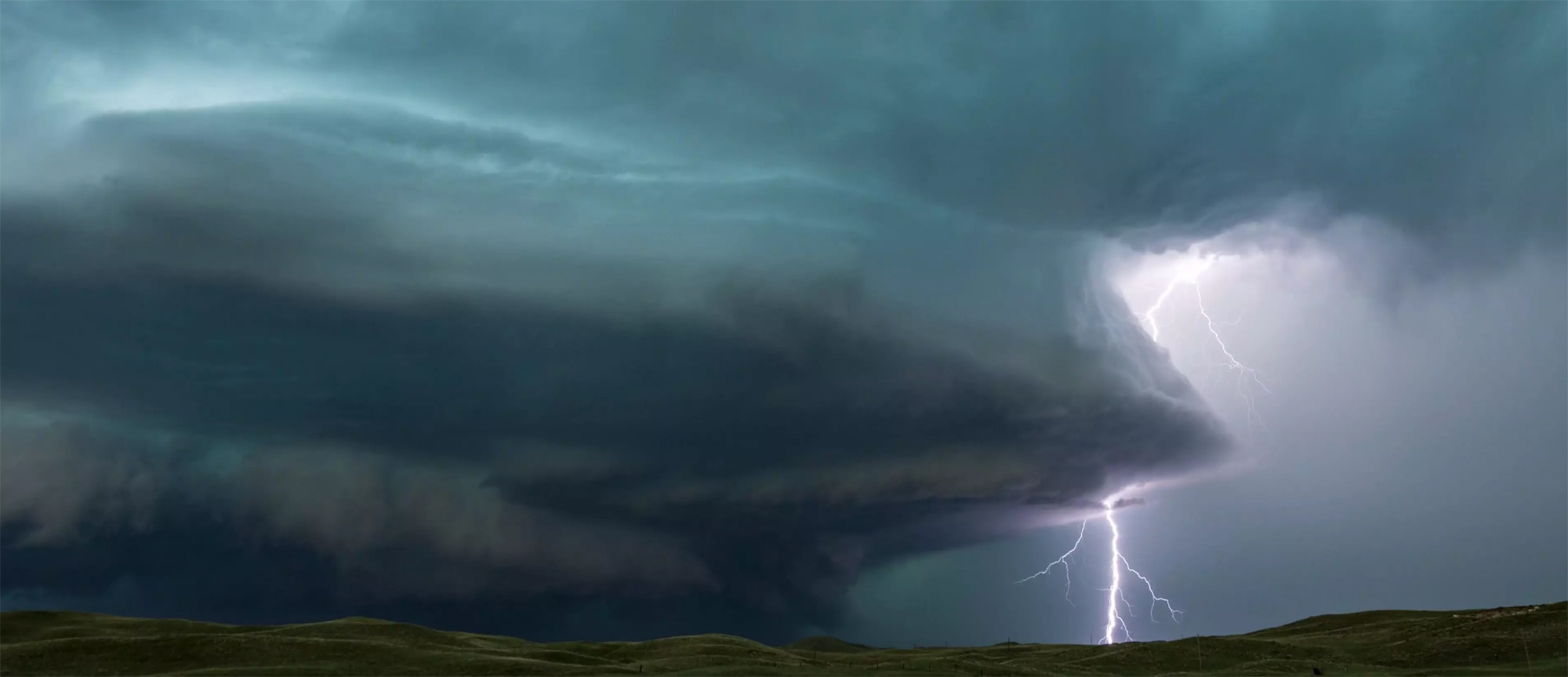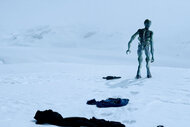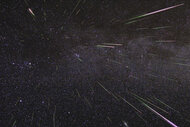Create a free profile to get unlimited access to exclusive videos, sweepstakes, and more!
Incredible time-lapse video: A supercell forms

Chad Cowan is a storm chaser, and takes astonishing photographs and video of the magnificent weather systems we get here in the middle of the United States.
In late June of 2016, he took time-lapse footage of a supercell forming and growing over Nebraska. It's stunning. Watch:
So what's going on here? The details can be quite complicated — we're talking fluid hydrodynamics here, which is fiendishly complex— but conditions have to be just right for this sort of storm to form.
The video starts with cumulonimbus clouds, the big, puffy, cauliflower clouds that occur when warm, water-laden air rises (called convection). As it does the water condenses to form the visible cloud, and the various updrafts punch upward to form the numerous bumps and bulges.
Then an important event occurs: Underneath the cloud base, the wind shears. This is when a layer of air is moving faster or slower than a layer next to or beneath it. If a layer of air above another is moving faster, it can start a slow horizontal roll or cylinder of air, like a barrel rolling on the ground. But there are also strong updrafts, air moving upward. This can lift one end of the horizontal roll and make it vertical, generating a huge, rotating wall cloud. You can see that under the main part of the cloud.
That's called a mesocyclone, and the whole system is called a supercell. In this case, it's what's called a "low precipitation" or "dry" supercell, because there's not much rainfall from it. Sometimes these dissipate, but not this time: In Cowan's video it merged with another line of storms you can see behind it and to the left, and strengthened.
The intense aquamarine color is not uncommon in these storms, and the exact cause is still unknown. It's likely due to the presence of hail, with red light getting absorbed by the ice so that more green and blue lights gets to us. But it's not clear that's all that's going on.
I've seen a few big systems similar to this, though a very well-organized rotating mesocyclonic wall cloud is still on my "to see" list. They tend to form farther east of where I live; it helps to have wide plains so the wind shear can get picked up by those updrafts. In a sense I'm glad; while weather like this is mind-blowing to see, it's also extremely dangerous to be in.
I asked my friend Marshall Shepherd —who happens to be a meteorologist and in fact was president of the American Meteorological Society in 2013 — about the video, and his thoughts mirrored my own:
The beauty of this storm merger masks the inherent danger it also brings. One of our biggest challenges in meteorology is to developing an observational and modeling understanding of all the physical processes happening at this scale. Such understanding will move the needle further in possibly predicting tornadoes ...
It's sometimes easy to forget, while watching the spellbinding beauty of these systems, how dangerous they can be. This one was reported to spawn a tornado after the merger, but all by themselves the high winds, lightning and torrential rain are threatening enough. Understanding these storms is critical to life in the U.S. Midwest, and I'm glad scientists like Marshall dedicate their careers to doing so.
Tip o' the lens cap to Maksim Kakitsev. You can follow Chad's work on Vimeo, Facebook, and Twitter.














